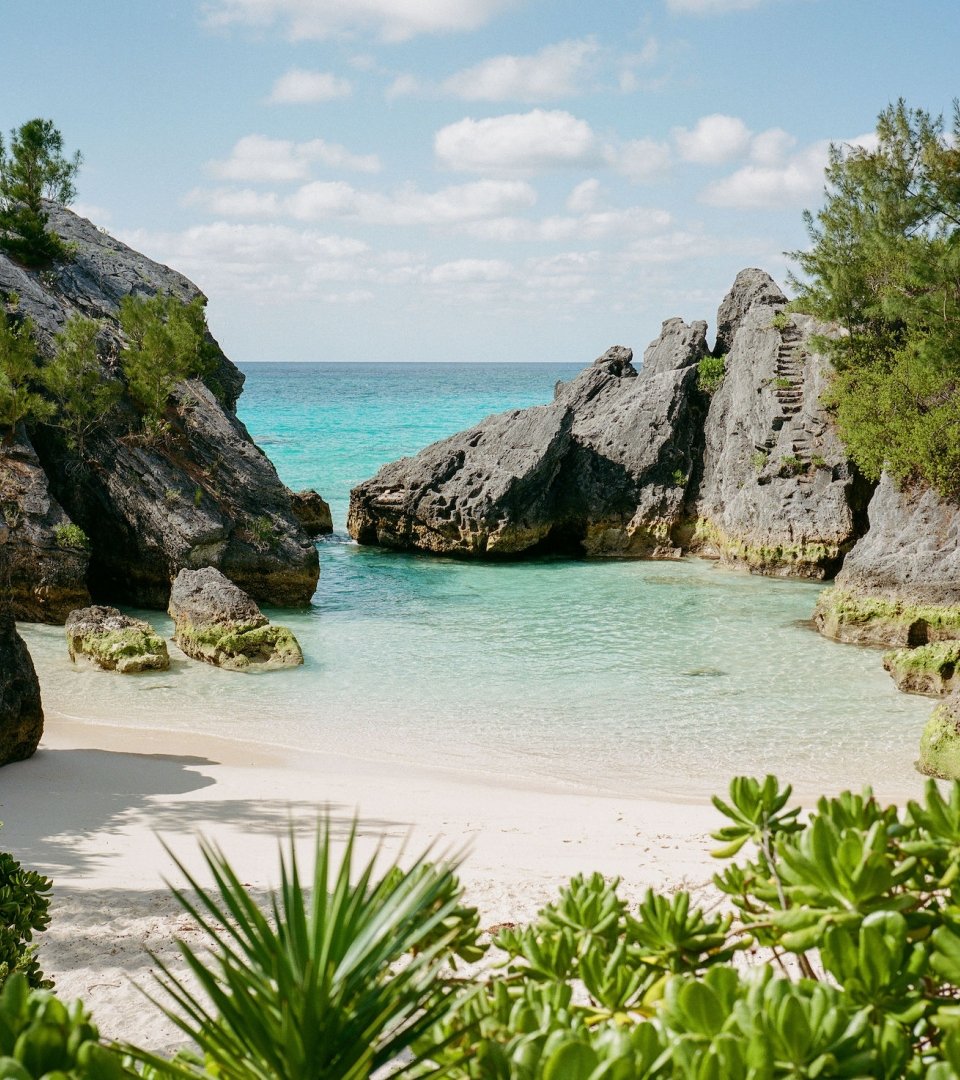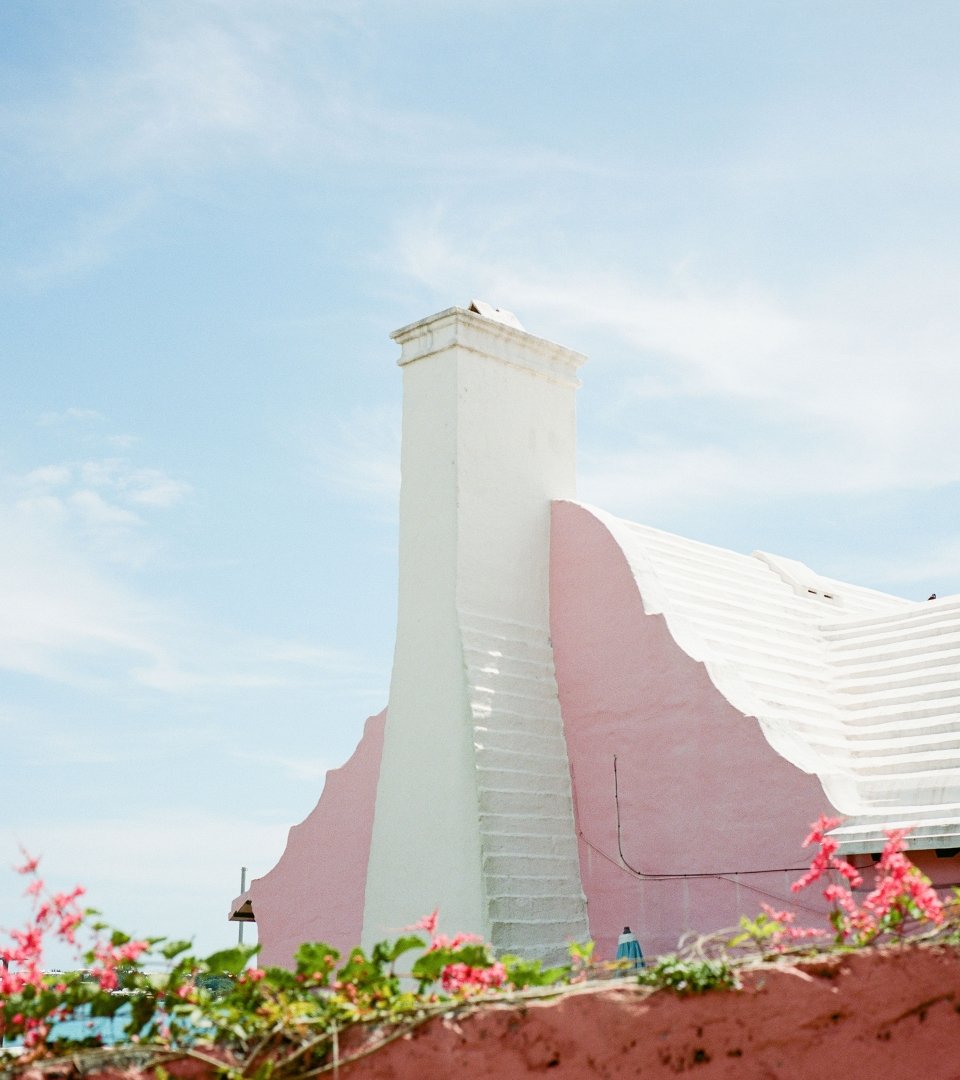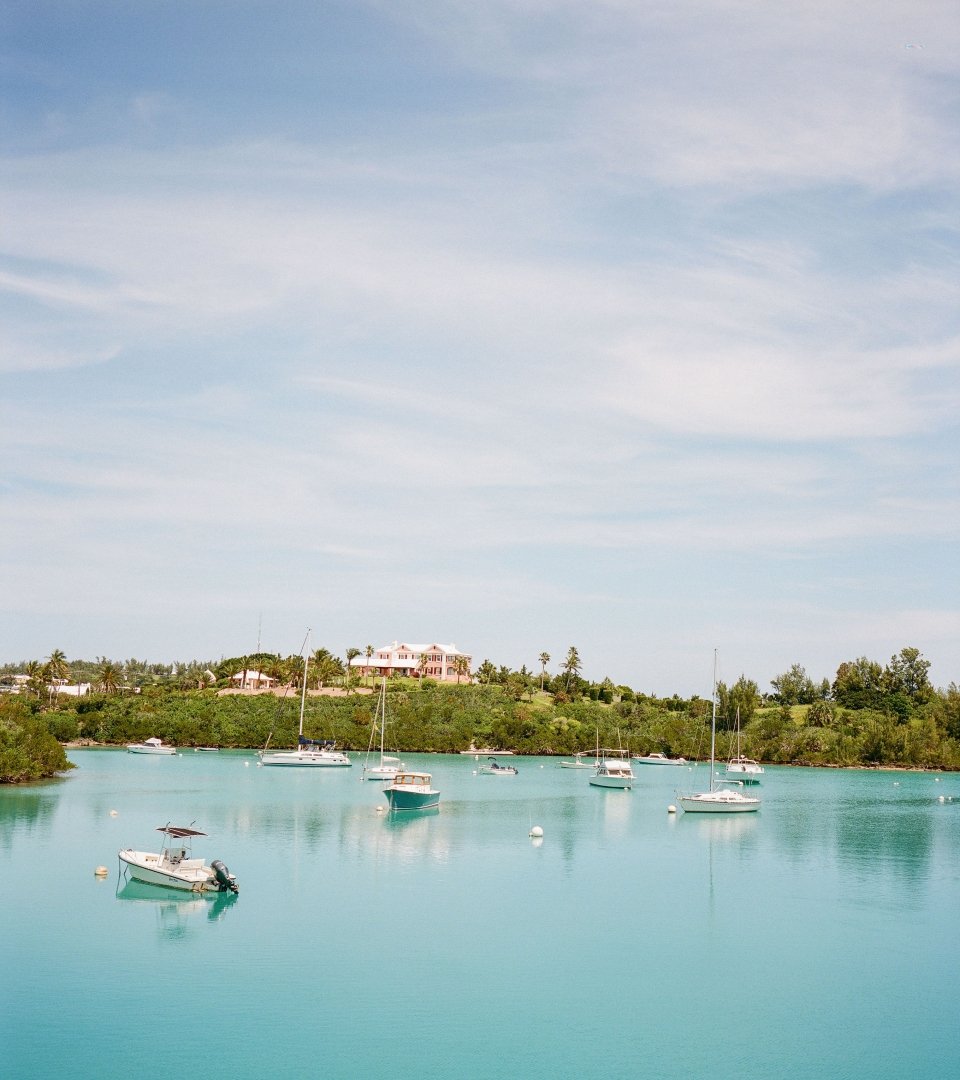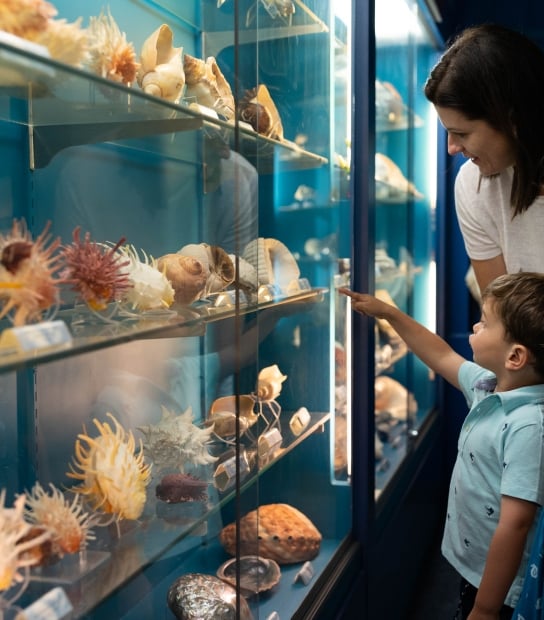4 Bermuda's Most Amazing Birds
Bermuda is home to a wide array of birdlife. Here are just a handful of feathered friends to keep an eye out for while visiting the island.
- Natural Wonders
1. The Bermuda Longtail
This bird is appropriately named – check out those tail feathers! With its black-and-white colouring and distinctive tail, the Longtail (a.k.a. the white-tailed tropicbird) is a local favourite. It's the only seabird that nests in significant numbers in Bermuda, with about 2,500 to 3,000 pairs of Longtails spending the spring and summer on the island’s rocky cliffs and offshore islands. Castle Harbour Islands Nature Reserve is a good place to spot a Longtail. The bird has been listed as a “globally near threatened species” by the Union for Conservation of Natural Resources, so Bermuda’s Longtail population is vital for its ongoing survival.
2. The Green Heron
The Green Heron has been a regular sight in Bermuda for a number of years. But it only started nesting on the island in the early 2000s, building nests in mangrove trees near bays and ponds (such as Trott’s Pond and Flatt’s Inlet) in the summer months. The Green Heron’s long bill and neck are used to great effect in hunting fish – you may see one of them daringly hanging from trees or mooring ropes to pluck a fresh meal right out of the water.

3. The Cahow
That you can see the Cahow (a.k.a. the Bermuda petrel), the national bird of Bermuda, in the 21st century is something of a miracle. The open ocean seabird was a staple of early Bermudians’ diet and hunted to extinction in the 1600s. Or so everyone thought. In early 1951, 17 nesting pairs were found on several rocky islands in the East End of Bermuda. Since then, conservationists have worked to restore the species, with ongoing success. In 2009, a Cahow chick named “Somers” was born on Bermuda’s “living museum,” Nonsuch Island (part of the Castle Harbour Islands Nature Reserve). The last time that happened? All the way back in 1620.
The Cahow is still one of the rarest seabirds in the world, with just over 100 nesting pairs – and Bermuda is the only place you can catch a glimpse of one. In case you can’t make it to Nonsuch anytime soon, take a look at the Cahow cam, with live streaming from the nesting burrows of the Cahows. Please note: because of the island’s delicate eco-system, landing on Nonsuch is by permit only. Visits can be arranged by contacting the Department of Environment & Natural Resources.
4. The White-Eyed Vireo
Known in Bermuda as the “Chick-of-the-Village,” the melodic White-Eyed Vireo is a songbird that you’ll see and hear throughout the island’s woodland areas, such as Paget’s Marsh and Spittal Pond. A subspecies of the North American White-Eyed Vireo, the Bermudian variety is an energetic little creature that can appear and disappear in the blink of an eye. Make sure to have you camera or binoculars at the ready!
For more information, visit The Bermuda Audubon Society website for a list of Bermuda birds, places to birdwatch, a birding checklist and annual bird reports. You can also access detailed information on island birds and other wildlife through Bermuda’s Department of Environment & Natural Resources.






